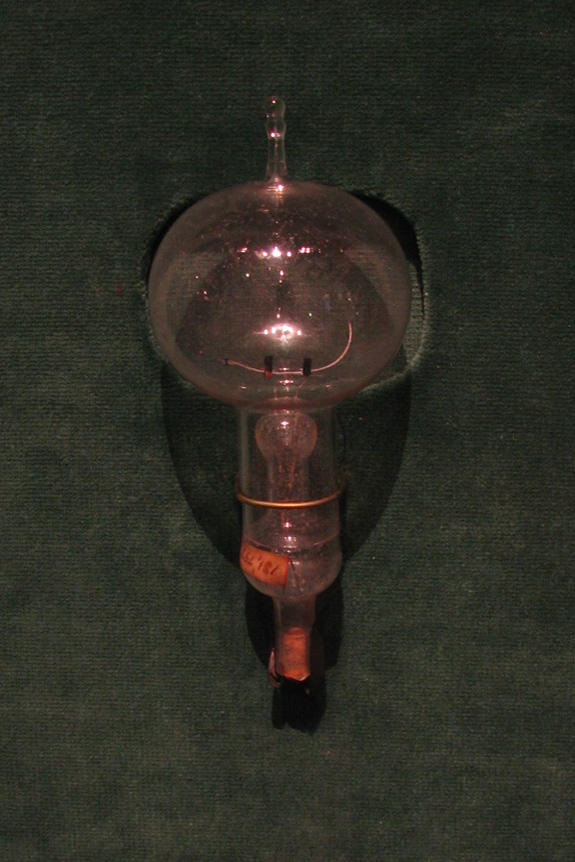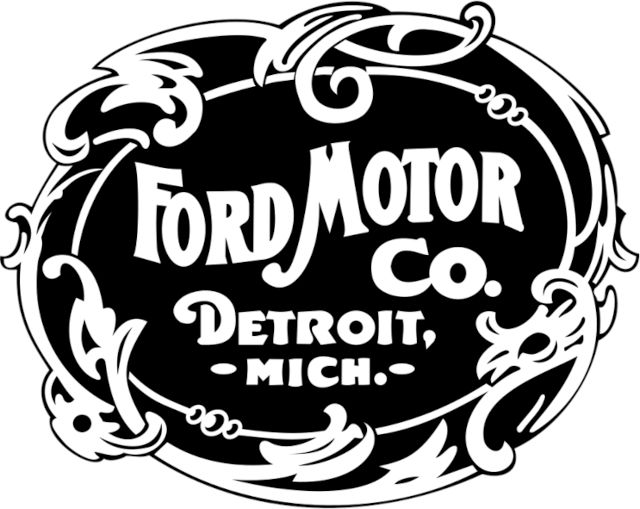last highlighted date: 2024-11-18
Highlights
- The Industrial Revolution continued and the second one of them began in the late nineteenth century and continued until World War I and it is generally dated between 1870 and 1914.
- The main cause of this revolution was the expansion of electrical technology. This form of energy allowed for much more efficient mass production methods and communication technologies.
- Another big difference was the increase of steel production to be used in construction and manufacturing. Steel is much stronger and more durable than other materials, so it allowed for the creation of larger and more complex structures.

- An original Edison light bulb from 1879 from Thomas Edison’s shop in Menlo Park. Source: Wikipedia
- Finally, the Second Industrial Revolution also led to a number of social changes. This was because new technologies allowed people to interact with each other in new ways. For example, the telephone and the light bulb changed the way that people communicated and worked.
- The industrial revolution also created new opportunities for social mobility, and many middle-class families were able to improve their economic status.
- As a result of these factors, the middle class became an increasingly important force in society during the second industrial revolution.
- The steel industry was a key driver of the second industrial revolution.
- New technologies led to the development of cleaner and more efficient forms of energy, such as electricity and petroleum.
- Petroleum also became an important source of energy during this time, due to the development of new extraction and refining technologies.
- New machines, such as the combine harvester and tractor, allowed farmers to work faster and more efficiently.
- The introduction of vaccines, for example, helped to dramatically reduce the incidence of deadly diseases, such as smallpox and polio.
- The industrial nations of Europe quickly began to outpace their rivals in terms of military might, leading to a period of imperialism in which they competed for control of colonies around the world.

- Ford logo 1903. Wikipedia
- -The Ford Motor Company, founded in 1903 by Henry Ford.
- Ford is credited with inventing the assembly line, which allowed for the mass production of cars.
- -The U.S Steel Corporation, founded in 1901 by J.P. Morgan.
- The U.S Steel Corporation was the largest player in the steel industry in the world for much of the 20th century. It became the first billion dollar corporation and played a major role in the development of the American economy.
- -The General Electric Company (G.E.), founded in 1892 by Thomas Edison.
- Additionally, the Great Depression also had a major impact on the Second Industrial Revolution. This economic downturn led to a decrease in demand for many of the new products that had been developed.
- Ultimately, the Second Industrial Revolution came to an end with the start of the Second World War. This conflict again disrupted production and led to a decrease in investment in new technologies.
-
- The Second Industrial Revolution led to increased pollution and environmental damage.
- This was in part due to the increased use of machines and factories, which produced large amounts of waste and pollution.
-
- The growth of cities caused overcrowding and poor sanitation, which led to the spread of diseases.
-
- The Second Industrial Revolution led to a widening of the gap between rich and poor.
- As factories and machines became more prevalent, the wealthy factory owners and those who owned the means of production became richer, while the workers who were employed in these factories often remained poor.